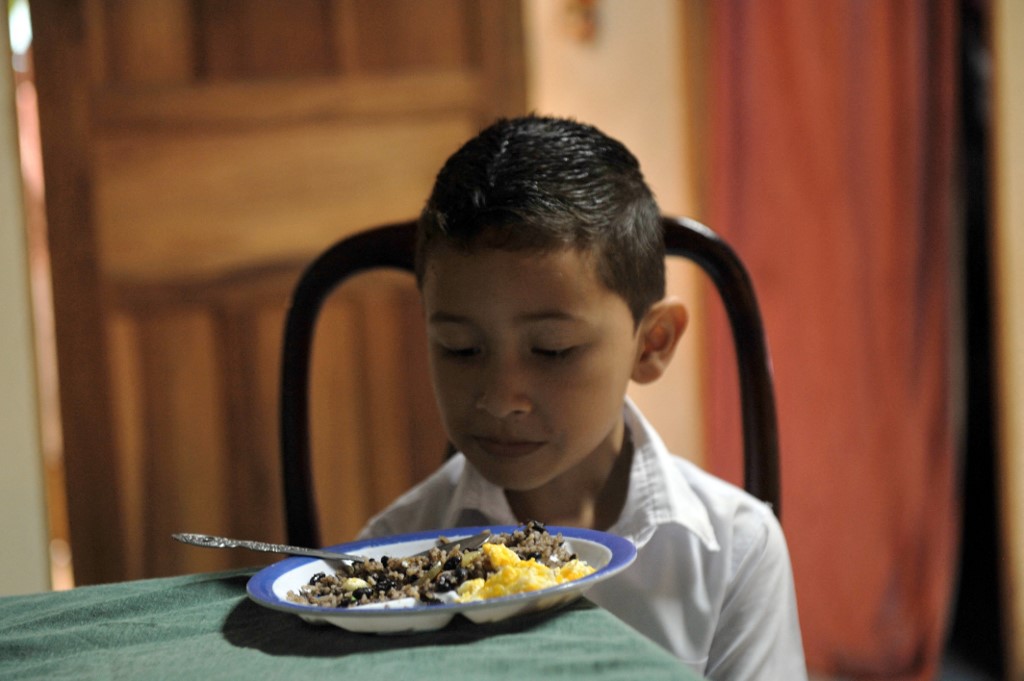Most rich countries are creating unhealthy, dangerous and harmful conditions for children around the world, according to a report by Unicef’s Innocenti Research Center, released Tuesday, which urged reductions in waste production, air and water pollution.
The center analyzed 39 countries of the Organization for Economic Cooperation and Development (OECD) and the European Union (EU) according to indicators on exposure to harmful pollutants, such as toxic air, pesticcides, humidity and lead; access to light, green spaces and safe roads or the dumping of electronic waste.
“If every individual on the planet lived like an inhabitant of the countries studied, 3.3 planets would be needed to cover all of humanity’s needs. And if everyone consumed resources at the rate of a Canadian, a Luxembourger or an American, this number would be 5,” warn the authors.
Spain, Ireland and Portugal are the best students in this ranking and the worst are Romania, Costa Rica and the United States. Chile ranks 33rd.
But none of the countries studied provide healthy environments for all children on all indicators, according to the report.
In countries such as Australia, Belgium, Canada and the United States, the impact on the global environment is severe and widespread, when CO2 emissions, e-waste and overall per capita resource consumption are taken into account.
In contrast, less wealthy countries in Latin America and Europe have a much smaller impact on the overall global environment.
“Most rich countries are not only failing to provide healthy environments for children within their borders, they are also contributing to the destruction of children’s environments in other parts of the world,” Gunilla Olsson, director of the Innocenti Center, denounces in a statement.
More than 20 million children have high levels of lead in their blood, the report states.
While Finland, Iceland and Norway are at the top of the list for providing a healthy environment for their own youth, they are at the bottom of the list in terms of their impact on the planet in terms of emissions, e-waste volume and level of consumption.
In Iceland, Latvia, Portugal and the United Kingdom, one in five children are exposed to damp and mold in their homes, while in Cyprus, Hungary and Turkey, this affects one in four.
Many children breathe toxic air both outdoors and indoors. This is particularly true in Mexico, which records the highest number of years of healthy life lost due to air pollution, with 3.7 years per 1,000 children, while Finland and Japan record the lowest figures, with 0.2 years.
In Belgium, Israel, the Netherlands, Poland, the Czech Republic and Switzerland, more than one in 12 children is exposed to high rates of pesticide-related pollution, the report says.
However, the report warns that the worst off are children in the poorest households exposed to the greatest environmental damage and risks.
“We have a duty to ourselves and future generations to create better living environments to support the well-being of children,” says Gunilla Olsson. “It is the most precious inheritance for children and young people,” she says.






